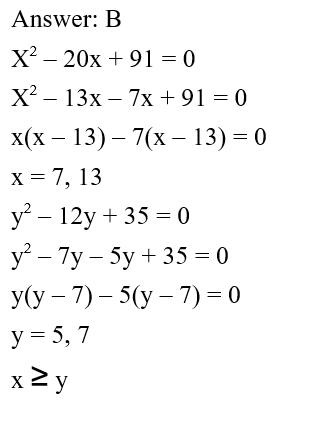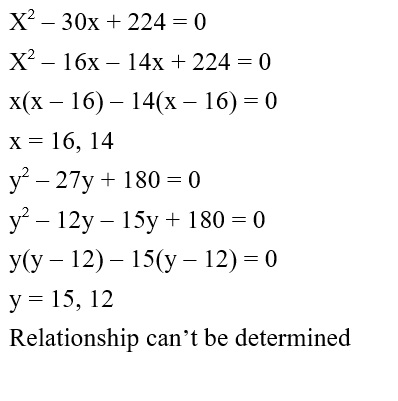Question 1:
What value should come in the place of (?) in the following questions?
निम्नलिखित प्रश्नों में (?) के स्थान पर क्या मान आना चाहिए?
45 × 12 – 345 + 628 = ?
Question 2: 
Question 3:
What value should come in the place of (?) in the following questions?
निम्नलिखित प्रश्नों में (?) के स्थान पर क्या मान आना चाहिए?
(20 × 8 + 18 × 4) ÷ 23= ?
Question 4: 
Question 5: 
Question 6: 
Question 7: 
Question 8: 
Question 9: 
Question 10:
Pipe A can fill the tank in 40 hours and ratio of the efficiency of pipe A to B is 3:2. Pipe B and pipe C together can fill the tank in 30 hours. In how many hours, pipe A, B and pipe C together can fill the tank?
पाइप A टैंक को 40 घंटे में भर सकता है और पाइप A से B की दक्षता का अनुपात 3:2 है। एकसाथ पाइप B और पाइप C टैंक को 30 घंटे में भर सकते हैं। एकसाथ पाइप A, B और पाइप C कितने घंटे में टैंक को भर सकते हैं?






